22.01.2019, Johanna Järvinen-Taubert
How can we help teachers to act as innovators, part 3/3: Collaboration
Finnish education is world-famous for its high quality and Finnish teachers are known to constantly develop the education. This continuous development has brought Finland excellent results. Why are Finnish teachers so development-oriented? We tackle this question in three consecutive blog posts.
Understanding Finnish education requires the comprehension of few basic principles. These principles also guarantee Finnish teachers the circumstances to develop education the best way they can. Innovation and development always requires freedom. What makes the Finnish education so successful and Finnish teachers so innovative is the autonomy, trust and collaboration that they experience in their work.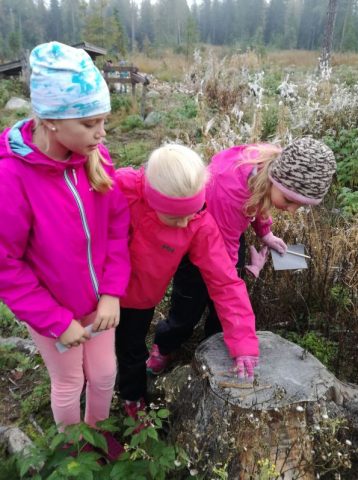
Collaboration
Finnish education is strikingly non-competitive compared to other well-performing education systems in the world. There are no ranking practices for either students or teachers. Students performance is mostly compared contrasted to his or her earlier achievements to see how the learning is proceeding.
Ari Pokka (2015) notes that, if one wants to see competition in Finnish school, it is inner striving to do things as well as possible. Avoiding competition can be seen not only in the work of Finnish teachers and principals, but also in the Finnish education politics and the discussion around it. This emphasis of discussion is based on the idea of human dignity and the equal value of each individual.
Finnish teachers are always looking for means that would promote learning and well-being. Competition seems to enhance neither. Competition is known to cause stress, fear and anxiety, which are all known to be an antidote to learning. In competitive situations people tend to focus on being successful in achieving the predetermined learning outcomes rather than being innovative, exploring new perspectives and unexpected results. In high-stake situations students primarily learn alone rather than co-operatively with others in order to minimize personal risks. For teachers the competition means minimizing risks, too. It means that open and alternative teaching methods and task designs are not favored, because of their unpredicted results, and creativity in teaching is lessened.
For Finns collaboration is a driving force for better learning results. Pokka (2015) points out that Finnish education professionals are strongly united by their shared ethos of the non-competitive school. The strength of the non-competitive school is its ability to share its best practices with other schools and education professionals. This can be seen in the everyday encounters of principals and teachers where the best practices are shared without expectations of compensation. Pokka (2015) states that the winners of this collaborative and sharing school culture are, in the end, Finnish children and adolescents who receive high-quality and constantly developing teaching.
Finnish teachers don’t view collaboration as a luxury, they see it as a necessity in their work. Collaboration is not something extra-organized or planned, it is something that happens organically. Furthermore collective intelligence, shared knowledge, team-based problem-solving, initiating and managing productive teamwork, and continuous learning are seen as key competencies in working life.
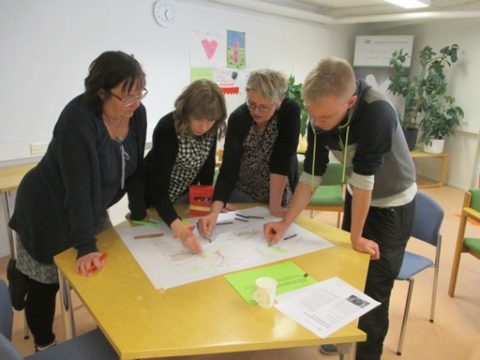 Co-operation between schools is very common in Finland, too. Pokka (2015) notes, that one of the strengths of Finnish schools is their willingness to collaborate both horizontally and vertically. The basis for this is the fact that Finnish schools have no reason to compete against each other. Since all schools are public and publicly funded and there are no school ranking lists, schools don’t have to race against each other.
Co-operation between schools is very common in Finland, too. Pokka (2015) notes, that one of the strengths of Finnish schools is their willingness to collaborate both horizontally and vertically. The basis for this is the fact that Finnish schools have no reason to compete against each other. Since all schools are public and publicly funded and there are no school ranking lists, schools don’t have to race against each other.
The lack of competition between schools and the schools’ ability to share positive experiences means that local experiments can be turned into local or national development projects. “Good ideas are not concealed but shared, free of charge, to be further developed by one’s colleagues” (Pokka 2015). Collaboration between different schools and education institutions include i.e. joint development projects, sharing best practices, combining studies and creating a shared syllabus. This all demands a sense of strong trust and respect between schools, teachers and principals.
This horizontal as well as vertical co-operation between Finnish schools and educational institutions is backed up with the Finnish national education policy. On the other hand the same widely used collaboration also guarantees that best innovations can become part of the Finnish national education practices and policy as well. “It guarantees that all the possible education professionalism that this small country contains is within the reach of each student and the development work is focused on refining good procedures into even better ones.” (Pokka 2015)
In addition to all this co-operation within education community, collaboration is not restricted inside school buildings only. It is characteristic to Finnish schools to have co-operation with different partners and stake-holders: local communities, work places, other schools, various authorities, different non-profit organizations, libraries, museums, church and religious communities, international partners, media, parents etc.
Finnish education community strongly believes that this multifaceted collaboration promotes the quality of education. International learning surveys seem to back up this theory: building networks of schools that stimulate and spread innovations helps to explain Finland’s success. Trust, cooperation, and responsibility create the collegiality and shared, committed, professional learning that improve classroom effectiveness and raise standards with students in Finland.
Finnish education is based on above-mentioned principles: trust and responsibility, autonomy and collaboration . These are the very same cornerstones that are needed to allow the teachers to be as innovative as possible and to develop both education, their communities and society sustainably and successfully.
Read also:
Part 1/3 Trust
Part 2/3 Autonomy
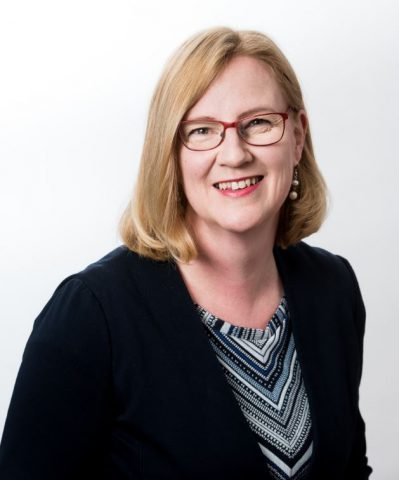
References
Hargreaves, Andy & Shirley, Dennis 2008. Beyond Standardization: Powerful New Principles for Improvement.
Pokka, Ari 2015. Top Class, Finnish School Leadership and Management.
Sahlberg, Pasi 2007. Education policies for raising student learning: the Finnish approach.
Sahlberg, Pasi 2006. Education reform for raising economic competitiveness.
Walker, Timothy D. 2017. Teach like Finland. 33 Simple Strategies for Joyful Classrooms.
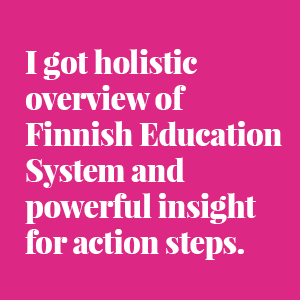

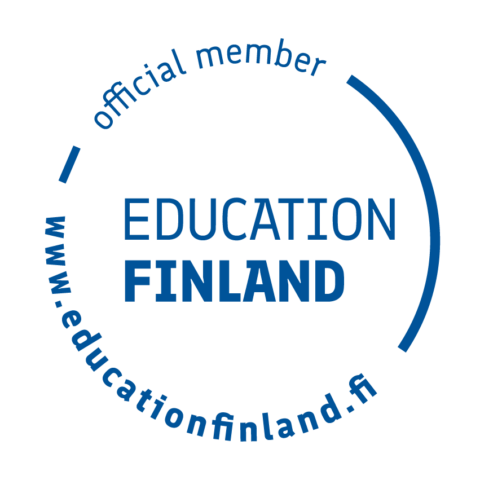
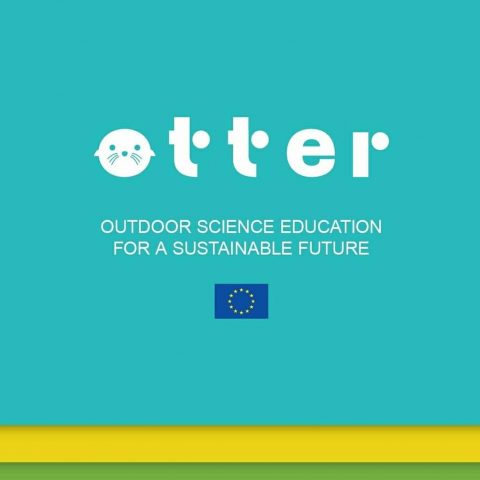



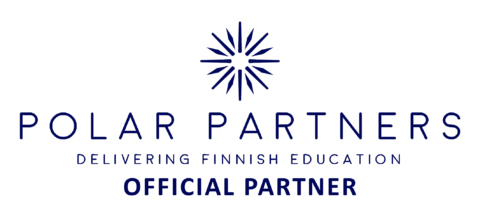
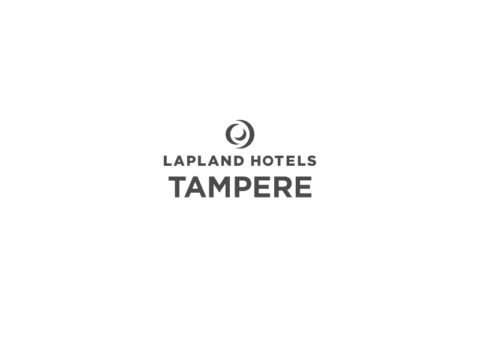
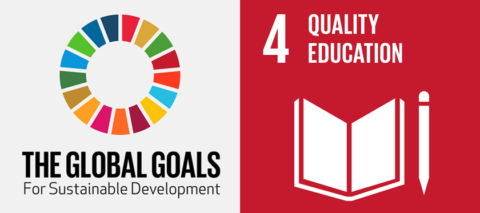

Follow us: